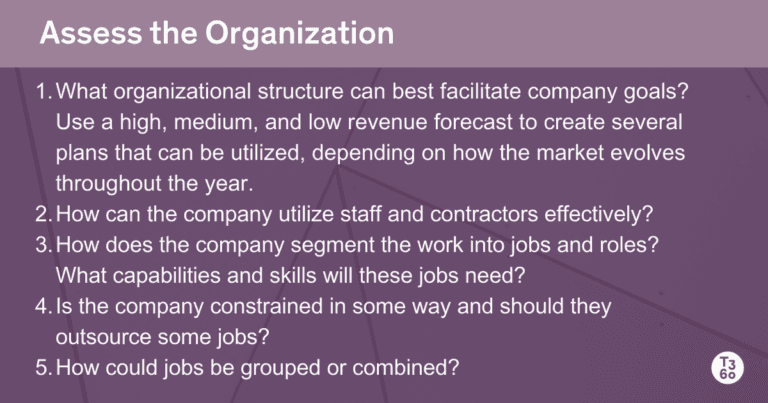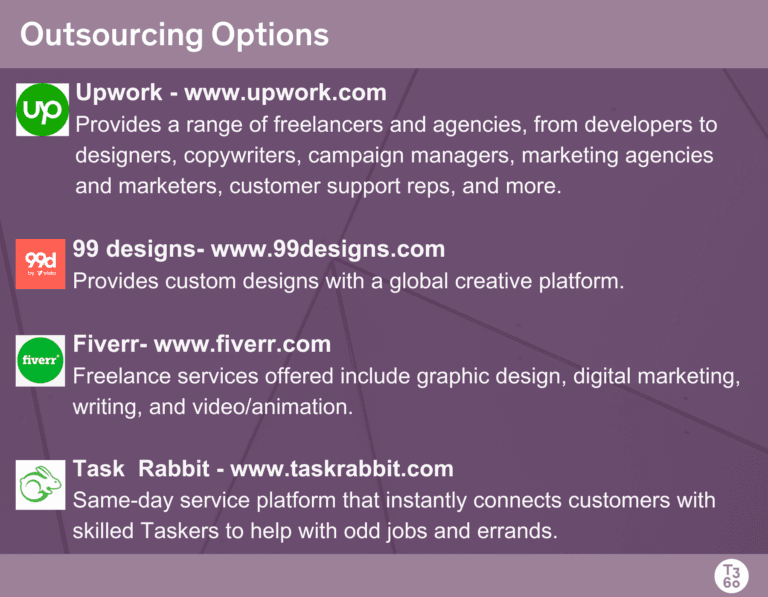How to Be Lean and Productive When the Market Shifts

The U.S. is currently in an historic job market. While the latest jobs report issued by the U.S. Bureau of Labor Statistics continues to show strong job growth with workers showing confidence in job prospects, the Federal Reserve continues to raise interest rates to cool the labor market.
The good news is companies can use this unusual situation as an opportunity to assess their business and create contingency plans. It’s always important to look at an organization at all levels, and when it comes to staffing and hiring, there are a few important things to consider, especially in a shifting market.
The first thing to do is to assess the organization. An effective assessment starts with asking and answering a few key questions.

Often, when stabilizing from a high growth market cycle, companies have hired people quickly to fill unexpected gaps. When the market stabilizes, it is important to take time to examine the organizational and people structure, and make changes to maximize profitability and competitive advantage.
A new term has been coined to address this – it is called “quiet hiring,” and it is applicable in the context of staffing. Basically, quiet hiring is looking at talent across the organization, identifying the critical gaps, and finding ways to fill those gaps without acquiring new people. Here is a six-step process to determine if quiet hiring should be considered when conducting an organizational assessment.
Determine if Quiet Hiring Should Be Considered
Look at all the job descriptions in the organization to determine if some functions could be combined, eliminated, shared or outsourced.
Identify the key activities that make the greatest impact on increasing revenue, decreasing cost and focusing the organization on the highest dollar-productive activities and strategies that will make the biggest difference through a downturn.
Make a list of the things to stop doing, and communicate these effectively across the organization.
Assess each individual employee. The first thing to consider is employees who are already on probation or are not performing. In a good economy, there are typically employees who have been status quo or mediocre, and now is the time to consider letting them go. Once those who are not performing have been identified, make a list of the A-players.
Determine where the A-Players should be and how they can take on more responsibility. Note, an A-player is someone who is multi-talented and has huge capacity. These are the types of people who can make an impact while adjusting to a leaner organization.
Once the A-players have been identified and it has been determined how the organization can increase their span of influence, it’s time to look at the remainder of the talent pool and create a plan to increase staff productivity overall.
Here are the things that should be taken into account when considering downsizing the number of employees:
Could two people share a job?
Can individual employee hours be reduced? Maybe from full-time to part-time or go to 4 days instead of 5?
Is it better to make pay cuts across the board? Or will it serve the company better to eliminate some people who are not performing and outsource to someone better? While pay cuts across the board seem easy, it isn’t always as productive as taking time to consider how to maximize the production of those who are performing and letting the rest go. Then use outsourcing to supplement, which is typically more cost effective and more productive.
Can employees be cross trained or re-trained? If someone is an excellent employee, but their job function is not dollar productive, could they be re-trained? Or cross-trained across departments to leverage the team?
The key thing to consider is how to get as lean as possible with the best team the organization can build with the people currently in place, and then outsource to fill in gaps as needed.
If the company does decide to outsource to fill gaps, there are three things to do to be more effective and productive.
3 Tips to Outsource
If the company decides to outsource to fill gaps, there are three things to do to be more effective and productive:
Do the homework and be clear about what the organization needs.
Clearly communicate expectations and project requirements to candidate(s).
Do a video chat with the top candidates.
According to www.outsourcinginsight.com, more and more businesses are opting for outsourcing to offer improved value-added services to clients. This means a more robust options for outsourcing.
Here are a few to consider:

To discuss your hiring or job search needs, click here to schedule a FREE 30-minute consultation session with the T3 Talent team.